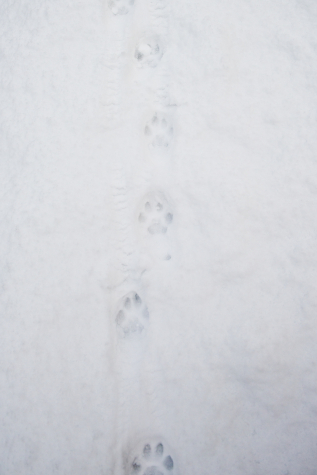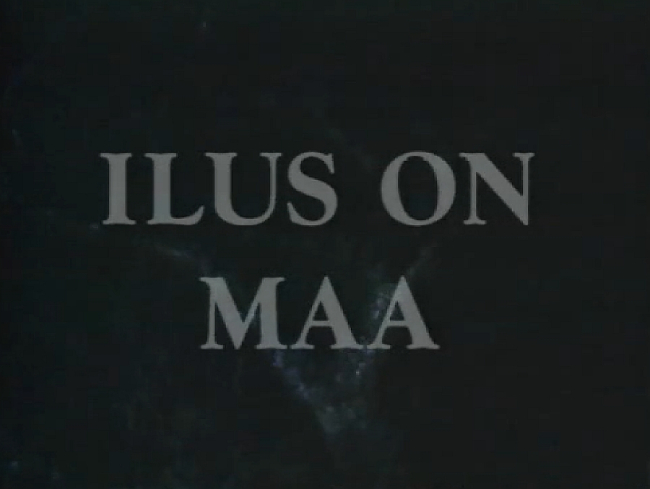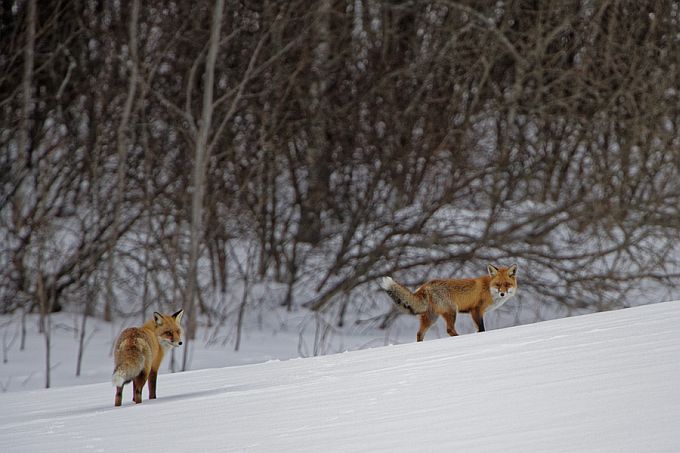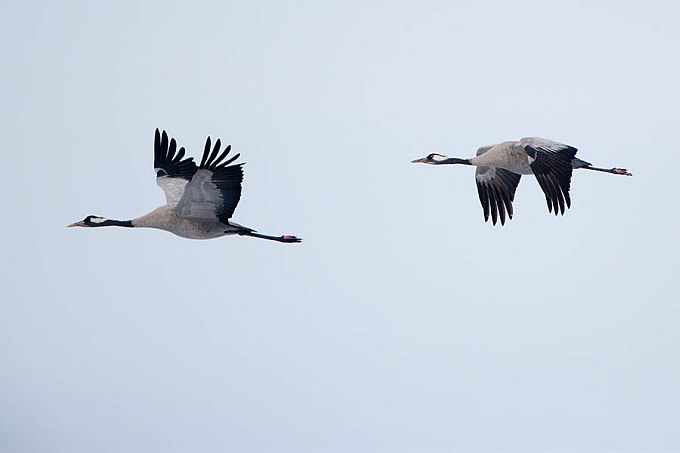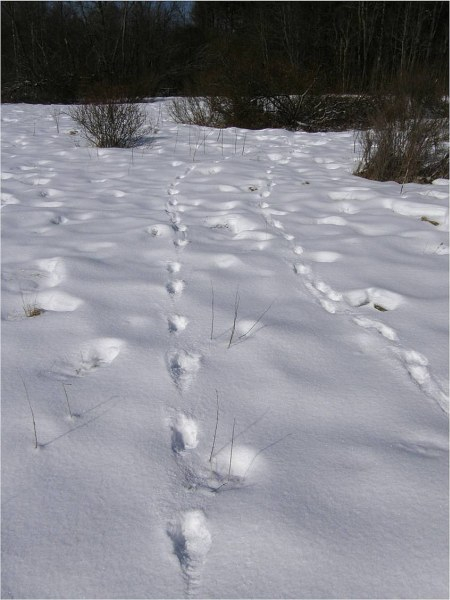VIDEO: Eagles in winter
Explanations, photos and video record Ahto Täpsi
Translation Liis
Estonian text posted 27.02.2018
Golden eagle Kaljukotkas or maakotkas Aquila chrysaetos
I went to the observation hut to check on the golden eagle and caught the video about how the eagle landed on the ground.
It took about half an hour for it to get down from the tree. It observed the area cautiously from the birch as well as the alder. Only when the air seemed to be ”clean” the majestic bird dared to act more bravely...

